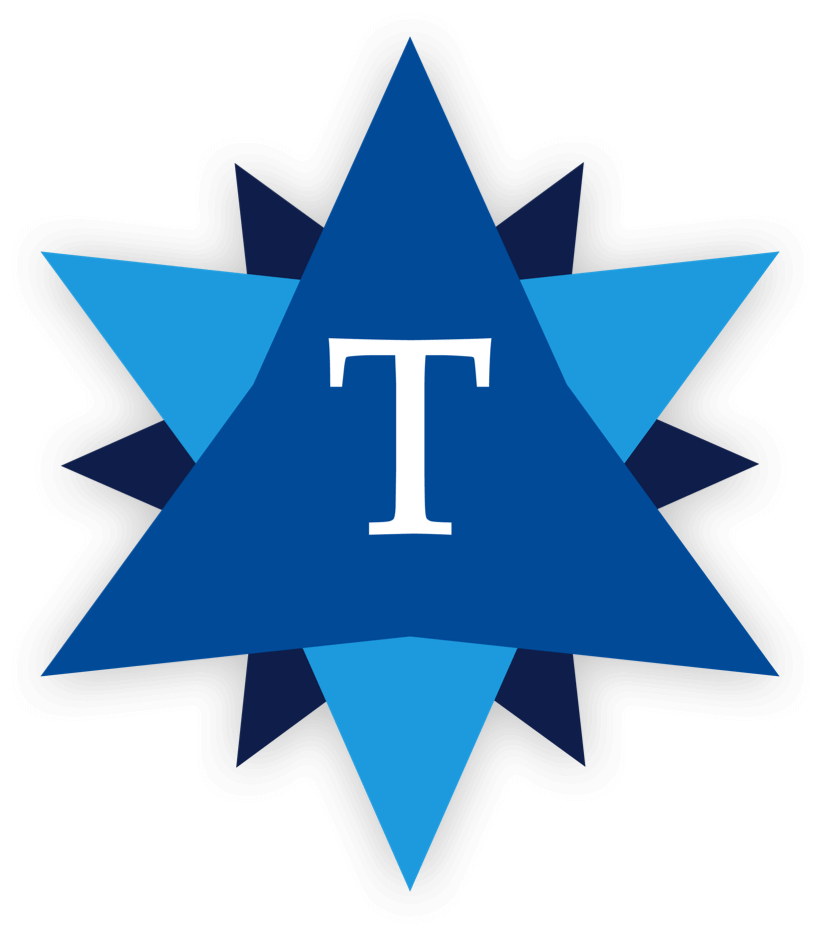Embedded Academic Technologists Boost Satisfaction Among Faculty and Students
Former Tambellini Executive Advisory Council

I recently experienced a surge of enormous pride in my team after the results of the benchmarking data from the EDUCAUSE Center for Analysis and Research’s 2019 study of Faculty and Students began to sink in. The satisfaction data that Loyola Marymount University’s faculty had indicated about Information Technology Services’ educational and research technology services, benchmarked against the “Doctoral” and “All Institutions” groups, were exemplary. While we had seen a gradual rise in these numbers over time, perception of these services recently passed a tipping point, and on several items, the highest level of satisfaction was close to double the comparator groups. Here I will share some of the elements that, after much reflection, I have to believe contributed to these high levels of satisfaction.*


A Dynamic Academic Technology Leadership Team
In organizational models where Academic Technology is part of the broader IT organization, the CIO’s direct report responsible for academic technology is essential to the success of the IT organization. Early on in my tenure as CIO at LMU, I was fortunate to have hired a dynamic leader to direct the Academic Technology organization, and she and I share a vision for academic technology’s vital role in advancing the educational and research mission at LMU. She has been restless in her pursuit of a team that has been able to realize the vision of nurturing a service strategy and portfolio that places the faculty and student experience at the center of service design and delivery decisions.
An Operating Model with Embedded Academic Technologists
Core to LMU’s operating model for Academic Technology is the strong central team of technologists and technology support specialists who are embedded within academic units. The benefits to this model are many, but key among them is the rapid bi-directional feedback loop that these team members facilitate. In order for the embedded educational technologists to effectively partner with faculty on technology-enabled curricular and research opportunities, a highly effective IT Service Desk needs to work in tight alignment so that the academic technologists are not bogged down by break-fix issues. Finally, our 50+ student employees are an integral part of the Classroom and Creative Services Team operating model and support strategy, and we treat them as such.
User-Centered Design Thinking and a Culture of Continuous Improvement
LMU’s Academic Technology team embraces both user-centered design thinking and continuous improvement. Several years ago, when LMU transitioned all Learning Space support to the Academic Technology team (which had previously not owned the A/V strategy for learning spaces), different A/V user interfaces on instructor podia proliferated across the university. Service tickets between various teams at LMU were often treated as hot potatoes. With an aspirational faculty and student experience as the guide, the newly formed Academic Technology team migrated all A/V user interfaces to one UI design to allow for a unified experience with in-classroom technology across the university. This user-centered design thinking is also how we have set about establishing a research services portfolio. We have been iterating over time with faculty the development of a research services portfolio “wireframe” and have been building the portfolio’s services with the faculty’s research technology user experience occupying a central role.
The Academic Technology team also embraced a continuous improvement ethos that necessitated the collection and analysis of customer satisfaction data. We annually collect data from LMU’s faculty and students about the IT services we support (hence the impetus for this article). We collect satisfaction data from ServiceNow. Finally, during our strategic planning processes, we establish strategic goals and measures that tell us whether we are attaining those goals. More importantly, we strive to understand what this information means, adjust our practices accordingly, and measure again. This reflective and iterative practice permeates the Academic Technology organization. I recall vividly a conversation I had four years ago with the leader of LMU’s Classroom and Creative Services organization. He shared with me that “the new computers we just installed boot up in 24 seconds. They used to take two minutes and 33 seconds to boot.” This sentiment embodies both the user-centered design thinking and the culture of continuous improvement that has defined the Academic Technology team.
Infrastructure and Engineering
While this probably goes without saying, inherent in LMU’s faculty’s satisfaction with educational and research technology services is the IT infrastructure foundational to effective academic technology services. LMU’s investment in the technology, processes, and amazing team that form our network engineering, computer engineering, and software deployment disciplines have paid massive dividends over time. Less obvious, perhaps, were the decisions to equip every learning space with Apple TV, to implement software-based lecture capture in every learning space, and to design an AWS-based infrastructure for research computing. Also less obvious are the engineering decisions that the Academic Technology team, Infrastructure team, and LMU’s A/V Design partners made together, in partnership with key faculty stakeholders, during the construction of three new and, differentiating buildings at LMU: the William H. Hannon Library, the Life Science Building, and LMU’s new Playa Vista campus.
Shared Governance
The Academic Technology team and I believe passionately in shared governance, not as a bureaucratic box to check, but as an enriching experience where user-centered design thinking moves from the abstract to the concrete. In all phases of major build-outs of technology-enabled learning spaces, members of LMU’s Academic Technology team work side-by-side with faculty and academic leadership to imagine, design, and build spaces as appealing on the thousandth day of being open as they are on opening day. Much of this work is done with school- and college-level committees. The Academic Technology Committee at LMU is a Provost-appointed committee in which faculty raise issues and opportunities related to academic computing. The University Technology Council, LMU’s central IT steering committee, advises the Academic Technology team on learning-space portfolio decisions (i.e., where and when to invest).
None of what I share in this blog would be possible without the sense of mission shared among LMU’s faculty and ITS employees alike. Both groups are ultimately compelled by the desire to provide a transformative educational journey for LMU’s students, and this sense of shared purpose creates a powerful context in which we all work.
* If you are an LMU faculty or student reading this, worry not: We don’t rest.
Categories
Share Article:

Other Posts From this Author:
© Copyright 2025, The Tambellini Group. All Rights Reserved.